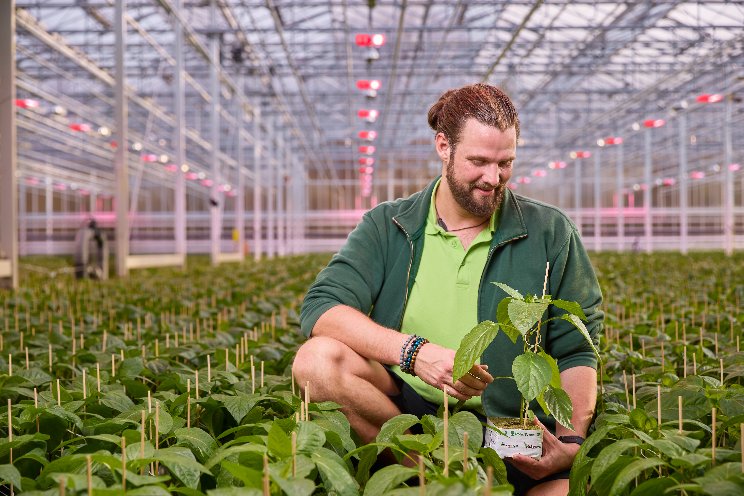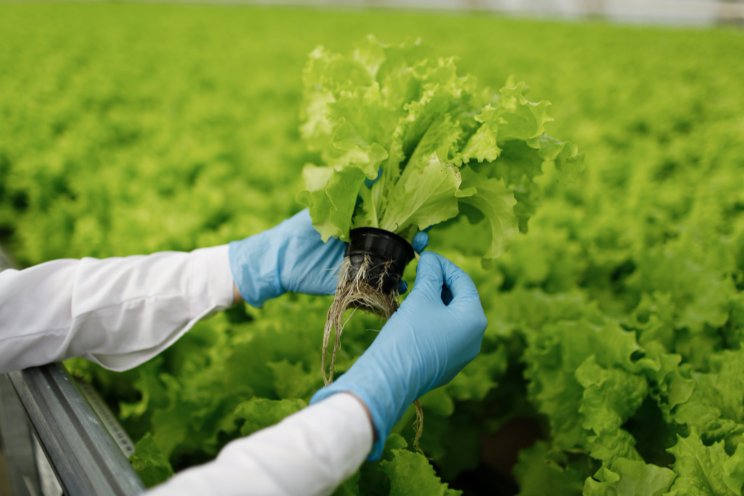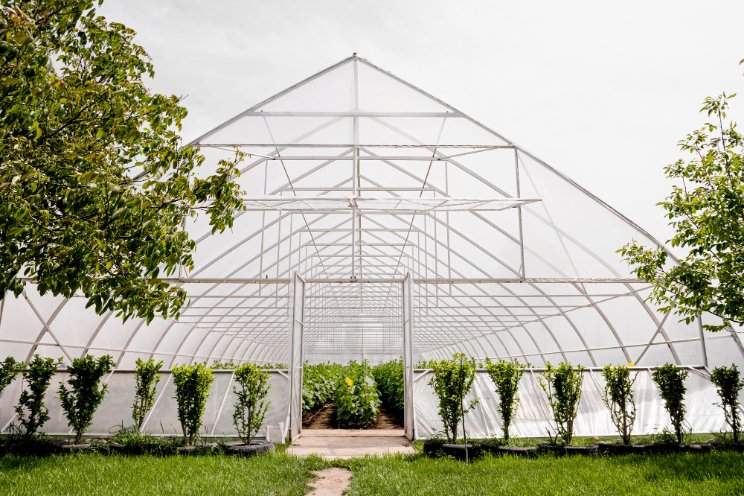Bioinsecticide for whitefly control reaches the Brazilian market
Added on 16 February 2023

Lalguard Java was formulated based on a strain of the fungus Cordyceps javanica, which has demonstrated efficiency in the control of whitefly nymphs (young stages) and adults, especially given its behavior as a ″hunter″ (it grows extensively from dead insects and infects other insects on leaves), which results in high pest mortality. In addition to that, it is harmless to humans and other vertebrates and has a low impact on beneficial insects, which are natural enemies of pests in the fields. Unlike chemical pesticides, Lalguard Java is harmless to the environment and leaves no traces in foods.
The bioproduct is the result of a study that began in 2012 and involved Embrapa specialists. The work included collecting the fungus from areas with high natural whitefly mortality in soybean, bean, corn, guava, tomato and cotton crops in the Brazilian states of Goiás, Maranhão; and in Distrito Federal.
The fungus strains collected from whitefly nymphs and adults in the fields were isolated in culture media to initiate the research. After this step, they was conducted molecular analysis through genetic sequencing to determine which species were present in the samples, and then 11 strains of the fungus Cordyceps javanica were identified. The next step was to test those samples with regard to their effectiveness for whitefly control in laboratory, greenhouse and field experiments. The result of such work was the selection of the strain of Cordyceps javanica BRM 27666.
Photo: Close-up photo of silverleaf whiteflies Credit: Sebastião Araújo
More news















